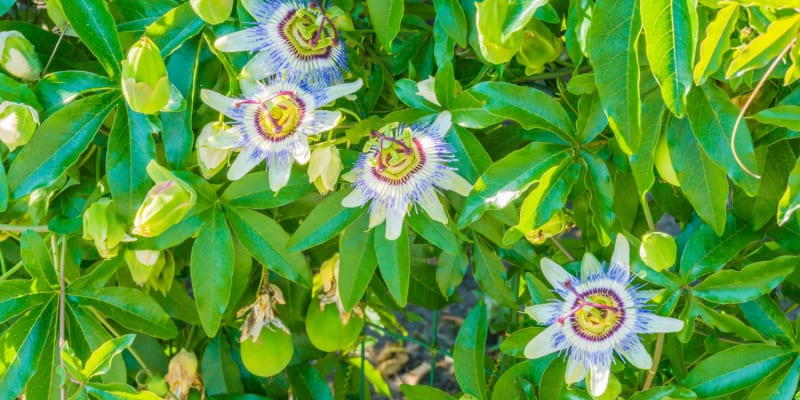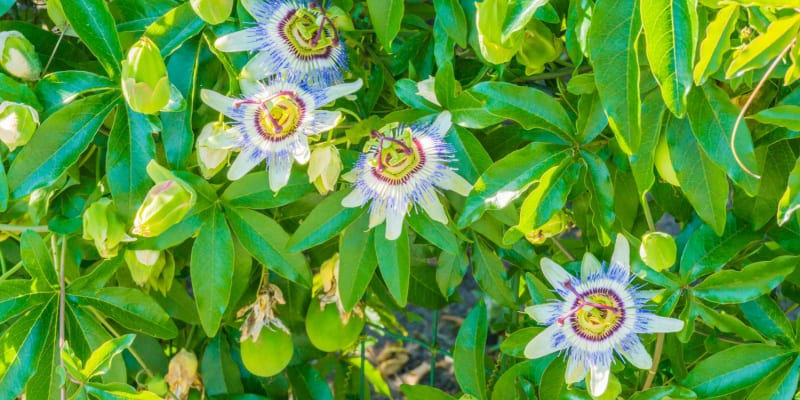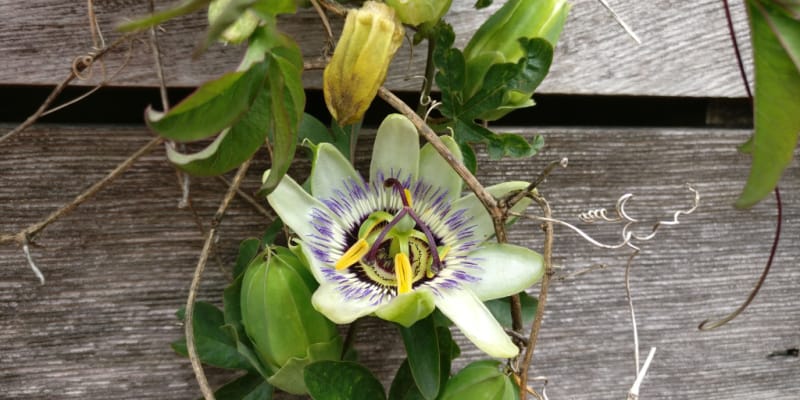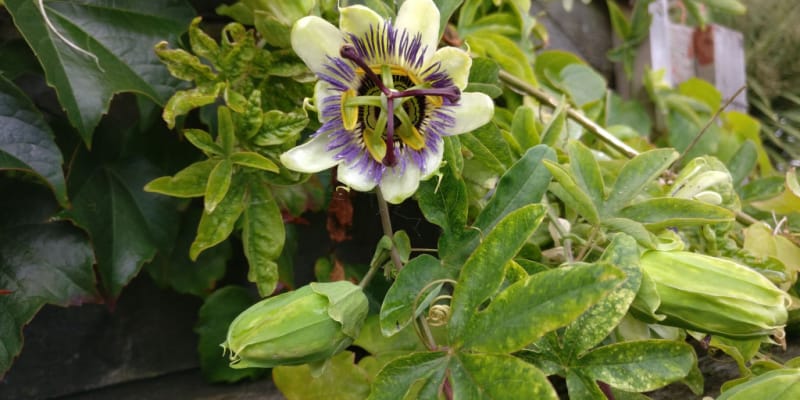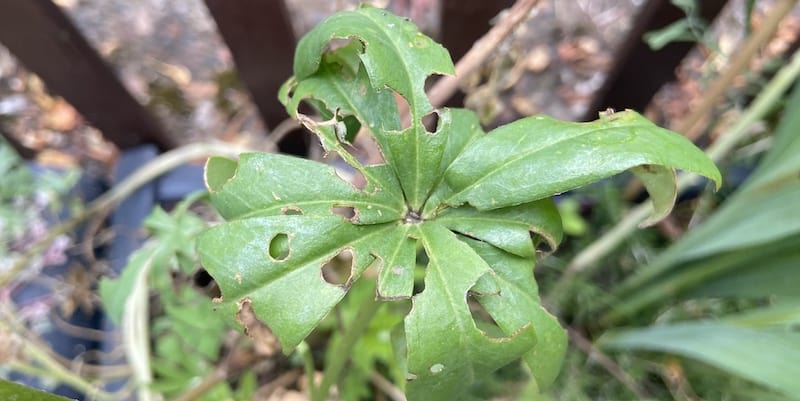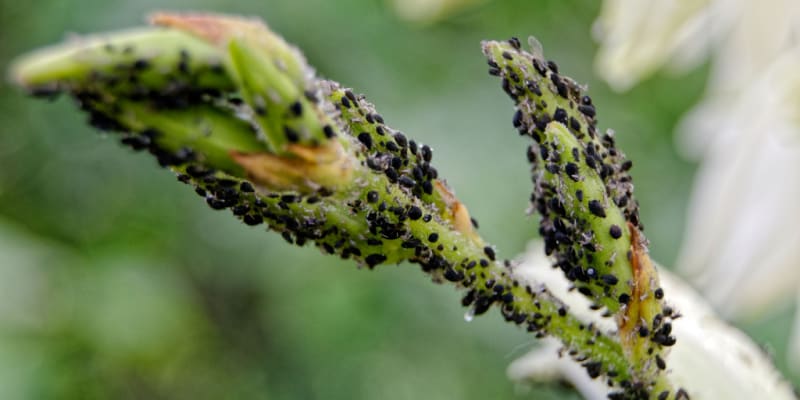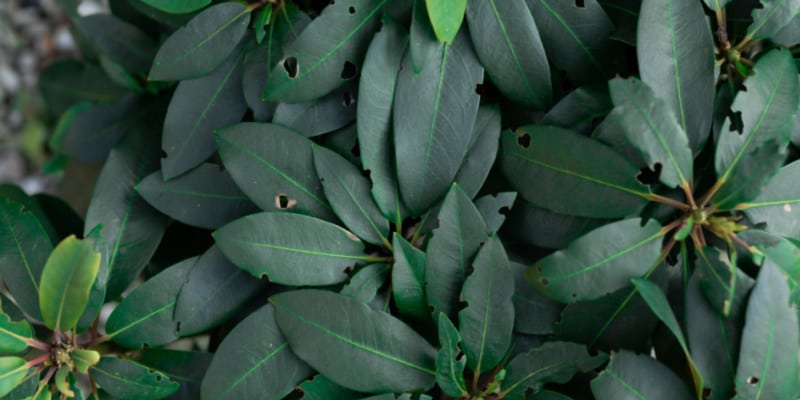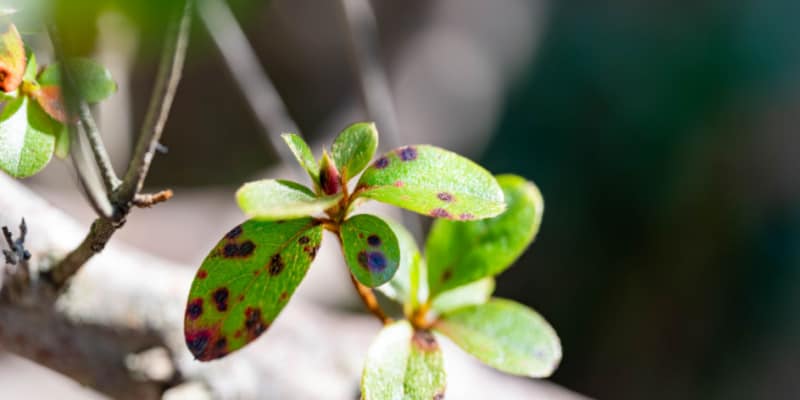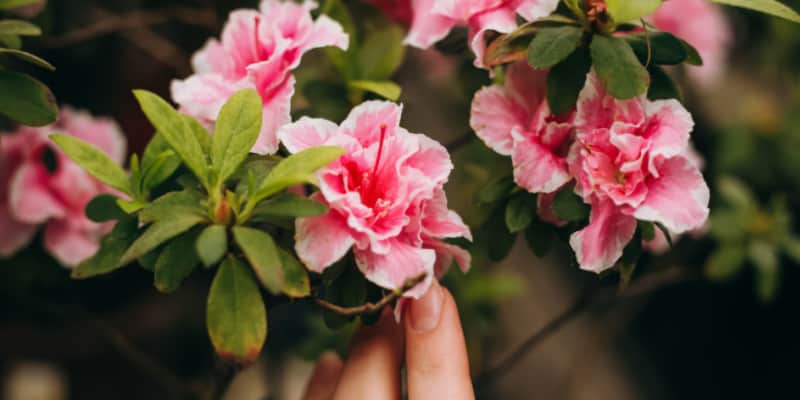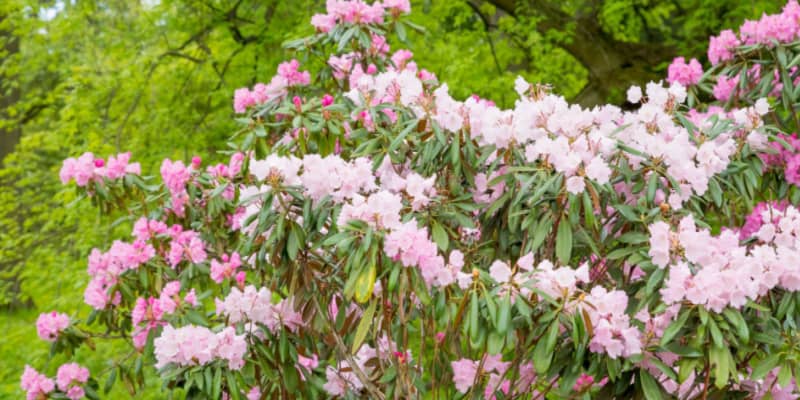Why are my passion flower leaves turning yellow or wilting?
Your passion flower leaves turning yellow or wilting could be for environmental, biological or care reasons. Most of the time, it’s because there is too much or too little of particular nutrients in the soil that can cause yellow passion vine leaves. Another reason is they have Fusarium wilt which spreads in the soil and the first signs are yellowing leaves. Overwatering, as well as under-watering, can also cause the leaves to become yellow and start to wilt. Read on…
